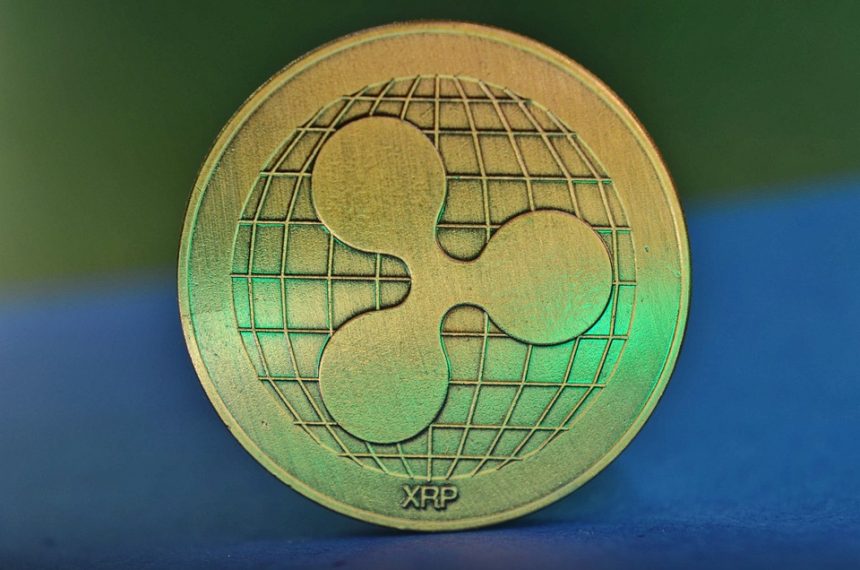The world of cryptocurrency and blockchain has undergone a significant transformation since the inception of Initial Coin Offerings (ICOs). Once celebrated as revolutionary fundraising mechanisms for innovative projects, ICOs have proven to be both high-risk and high-reward endeavors. For investors delving into this space, evaluating the performance of ICOs has become a crucial skill. Understanding the right metrics is essential for making informed decisions and maximizing potential returns. Here, we explore the key metrics investors should focus on when assessing the performance of ICOs.
1. Market Capitalization
Market capitalization is a primary measure of an ICO’s performance and overall health. It is calculated by multiplying the total supply of tokens by the price per token. This metric gives investors an immediate sense of the project’s size in relation to the rest of the market. A higher market cap often indicates stability and wider acceptance, while a lower market cap can signify potential for growth but also heightened risk. When evaluating market cap, it’s important to consider its growth trajectory post-launch in conjunction with the current price.
Key Takeaway:
- Analyze market cap trends over time to gauge whether a project is growing and gaining traction in the market or if it is struggling to maintain its value.
2. Token Utility and Use Case
Understanding the token’s utility within its ecosystem is vital. Investors should evaluate what problems the token intends to solve, how it fits into the project’s broader vision, and whether demand for the token is expected to grow. Projects with strong use cases that address real-world problems or enhance existing services often attract more investors and users, leading to sustained demand and appreciation in value.
Key Takeaway:
- Assess the project’s white paper and roadmap for clarity on the token’s utility, and evaluate its competitive landscape—are there similar tokens and how do they perform?
3. Team and Development Background
The strength and credibility of the team behind an ICO can dramatically influence its success. Investors should thoroughly research the founders, developers, and advisors involved in the project. A team with a proven track record, relevant experience, and knowledge in blockchain technology is more likely to adapt and execute effectively as challenges arise. Transparency and regular updates from the team also indicate commitment and investor engagement.
Key Takeaway:
- Investigate team members through platforms like LinkedIn and GitHub, assessing their previous projects and engagement levels in the blockchain space.
4. Community Engagement and Social Media Presence
A robust and active community can be a strong indicator of an ICO’s potential for success. Engaged communities often contribute to and spread awareness of projects, leading to increased adoption and potential investment. Monitoring social media metrics — such as the number of followers, engagement rates, and sentiment analysis — can provide insights into how well the project is perceived and whether it’s capturing interest.
Key Takeaway:
- Evaluate community-driven platforms like Telegram, Discord, and Reddit for discussion trends, sentiment, and overall enthusiasm around the project.
5. Token Distribution and Vesting Schedules
Examining how tokens are distributed can provide insights into the project’s structure and sustainability. A well-structured token distribution plan, complete with vesting schedules for the team and early investors, helps prevent dumping and maintains price stability. Look for transparency in distribution percentages allocated for development, marketing, and the community.
Key Takeaway:
- Scrutinize the tokenomics model to understand allocation and incentives for all stakeholders involved to ensure it aligns with long-term growth goals.
6. Partnerships and Collaborations
Strategic partnerships can enhance credibility and drive growth for an ICO. Collaborations with established firms, technology providers, or influential figures in the industry can provide additional resources and market validation. Monitoring press releases and partnership announcements is essential to understanding the project’s potential impact and outreach efforts.
Key Takeaway:
- Review the quality and relevance of partnerships. Are they in line with the project’s goals, and do they enhance technological capabilities or market reach?
7. Regulatory Compliance
As regulatory frameworks for cryptocurrencies evolve, ensuring that an ICO complies with legal standards is crucial. Projects should be transparent about their regulatory status, use appropriate frameworks, and maintain compliance throughout their lifecycle. ICOs facing legal battles or those that are non-compliant risk losing investor trust, and consequently, value.
Key Takeaway:
- Be cautious of red flags indicating regulatory issues; conducting due diligence on the project’s adherence to legal standards can help mitigate risks.
Conclusion
Investing in ICOs involves a multifaceted evaluation process that extends beyond initial offers. By focusing on critical performance metrics like market capitalization, token utility, development team credibility, community engagement, token distribution, partnerships, and regulatory compliance, investors can navigate this complex landscape more effectively. A careful assessment of these factors can significantly reduce risks and enhance the chances of identifying promising ICOs with long-term growth potential. As always, prospective investors should approach ICO investments with a thorough understanding of the inherent risks and remain adaptable to the rapidly changing nature of the cryptocurrency market.





